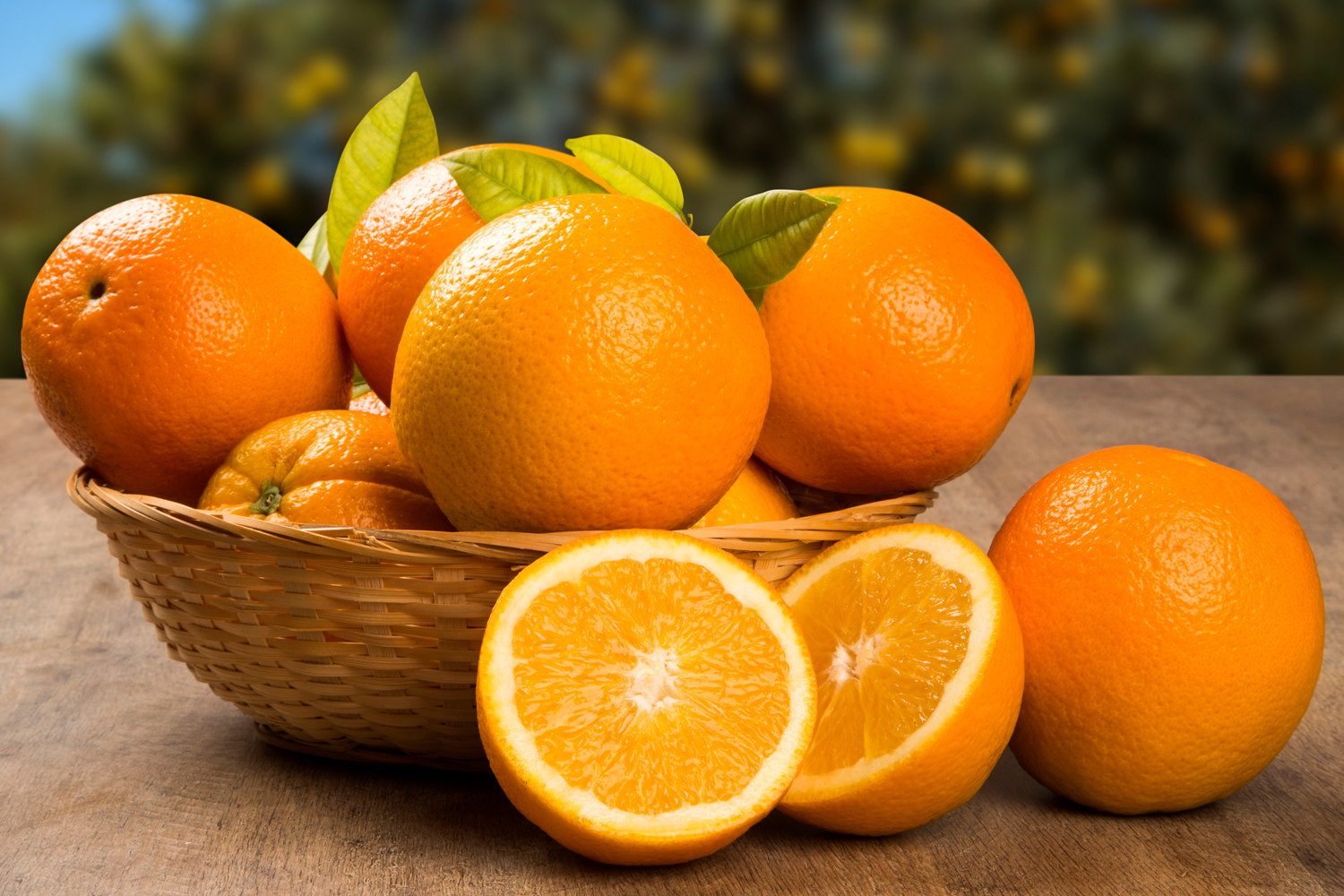
Orange
Orange — the second most consumed fruit in the world after apples — is primarily grown in Turkey’s Mediterranean region, especially in Antalya and Mersin. Turkey accounts for 3.7% of global orange production, ranking 7th in production and 4th in exports worldwide. Oranges make up about 50% of all citrus production. With their bright orange peel and round shape, oranges are a beloved fruit rich in nutritional value. However, they are sensitive to cold; damage occurs when temperatures drop below -2°C, and the severity depends on how long the frost lasts.
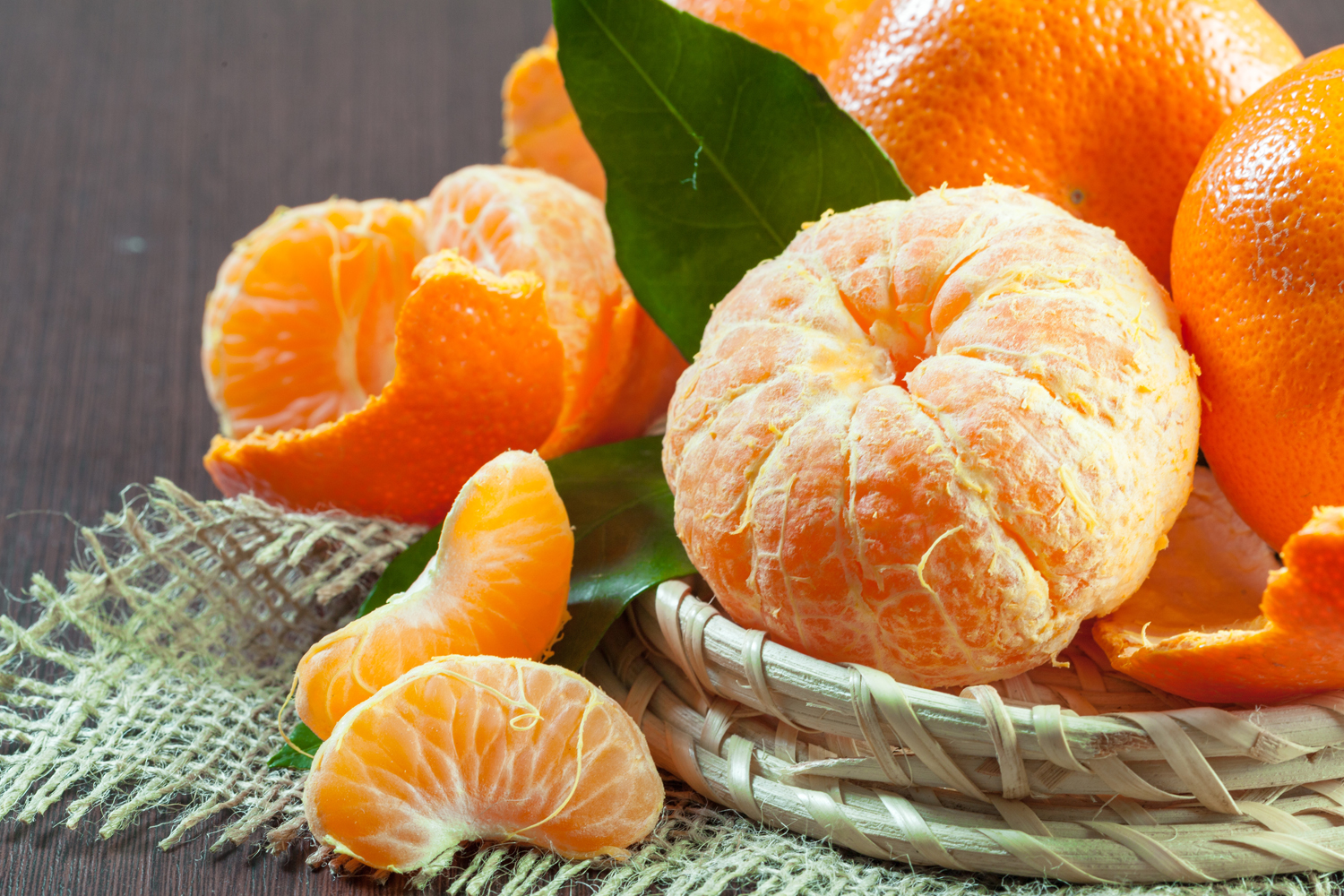
Mandarin
These evergreen, small trees, which contain essential oils and are cultivated in all temperate climates, bear fruits that are highly cherished in Turkey. They are abundantly produced in the Aegean, Mediterranean, and Eastern Black Sea regions, accounting for about 25% of our total citrus production. Mandarins are sweet, fragrant, flavorful, and rich in vitamins. Among commercially cultivated citrus varieties, the mandarin tree is the most tolerant to low temperatures, yet its fruits are the most sensitive to cold. The ripening periods of mandarin varieties are spread across different months, and their peel colors range from light yellow to deep red. Mandarins are among the most beloved citrus fruits.
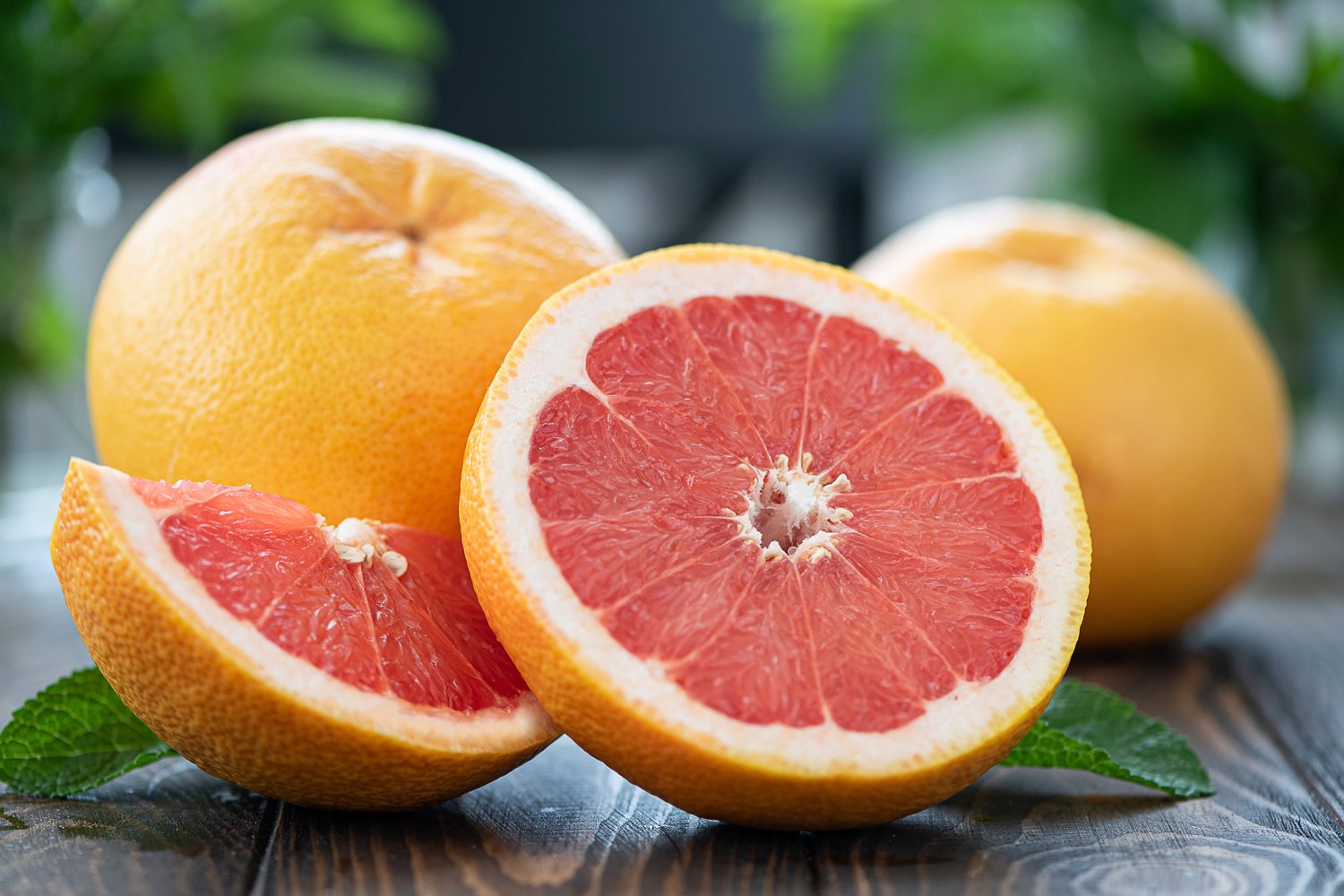
Grapefruit
Grapefruit (Citrus paradisi) is an evergreen fruit species from the Rutaceae family, cultivated today in many varieties and cultivated forms. Its fruits are consumed as food and are rich in vitamin C. The peel is often used to make marmalade. Grapefruit is a beneficial fruit known for its properties that aid digestion, prevent constipation, and help eliminate harmful microbes.
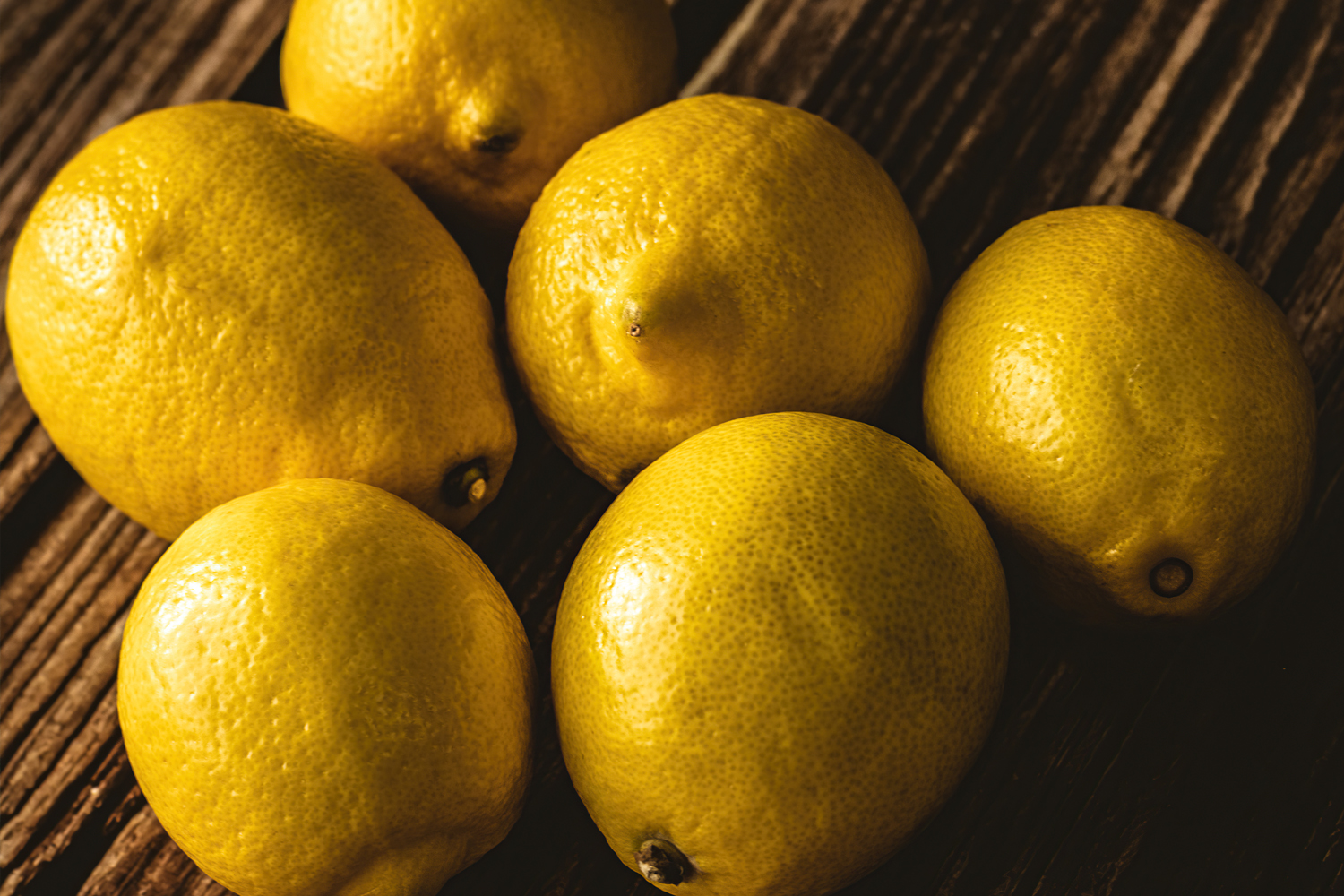
Lemon
Lemon is a species that originated in the Mediterranean basin and the Middle East. When climate conditions are favorable, lemon trees tend to flower and bear fruit throughout the year — a trait known as everbearing. In our region, lemons typically bloom in April. Depending on the variety, the ripening period extends between October and January. Lemon varieties are classified into three groups: sour lemons, sweet lemons, and other lemon-like types. In commercial production, the varieties grown are primarily from the sour lemon group.
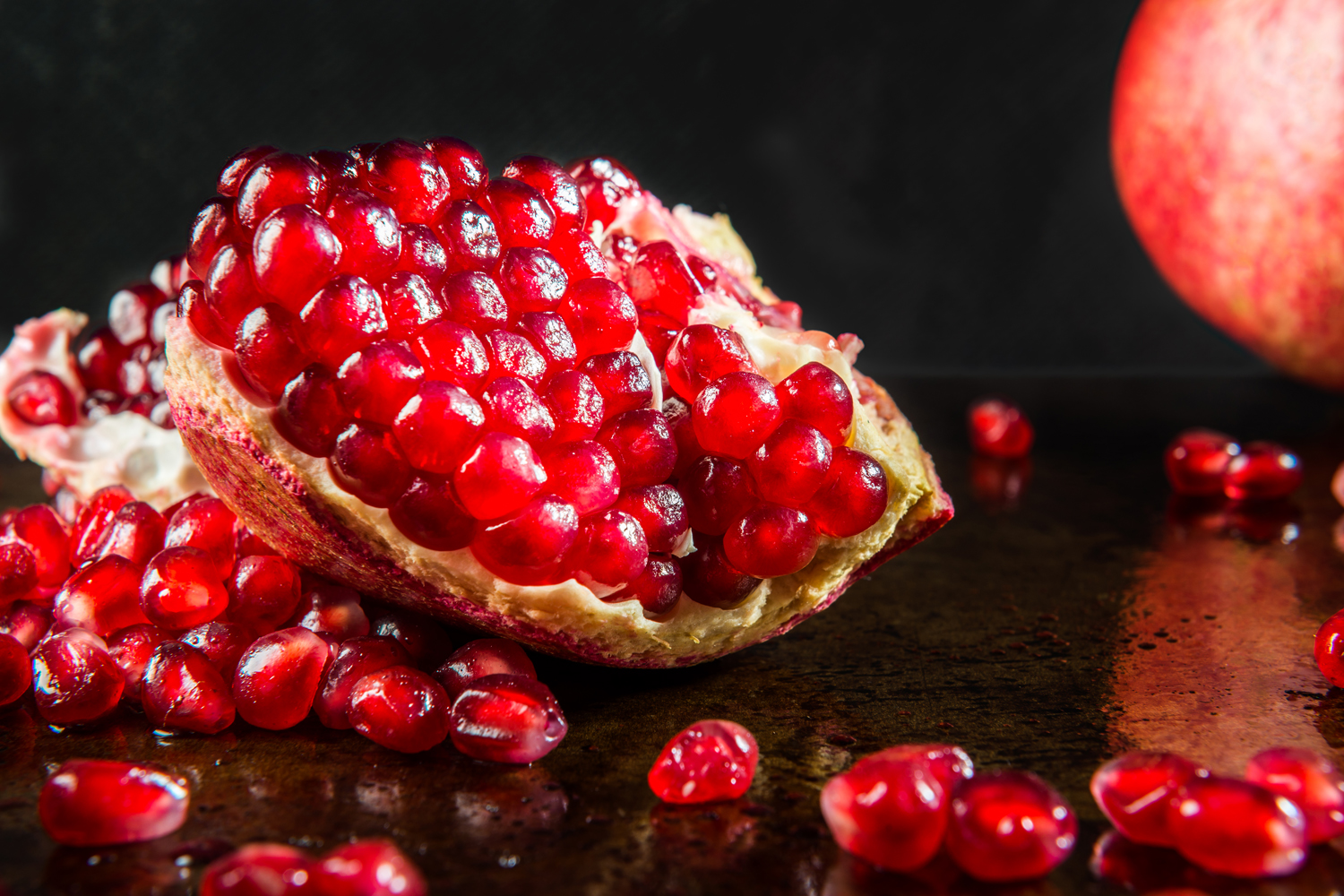
Pomegranate
Pomegranate is a perennial, shrub-like plant with a strong root system, multiple stems, and dense branching. It produces male, female, and hermaphrodite flowers and bears large, spherical fruits that are slightly flattened at the top. Rich in vitamin C, pomegranates also contain vitamins B1 and B2, as well as the minerals calcium and phosphorus. The plant flowers in June and July, and the harvest takes place between October 5 and October 25.
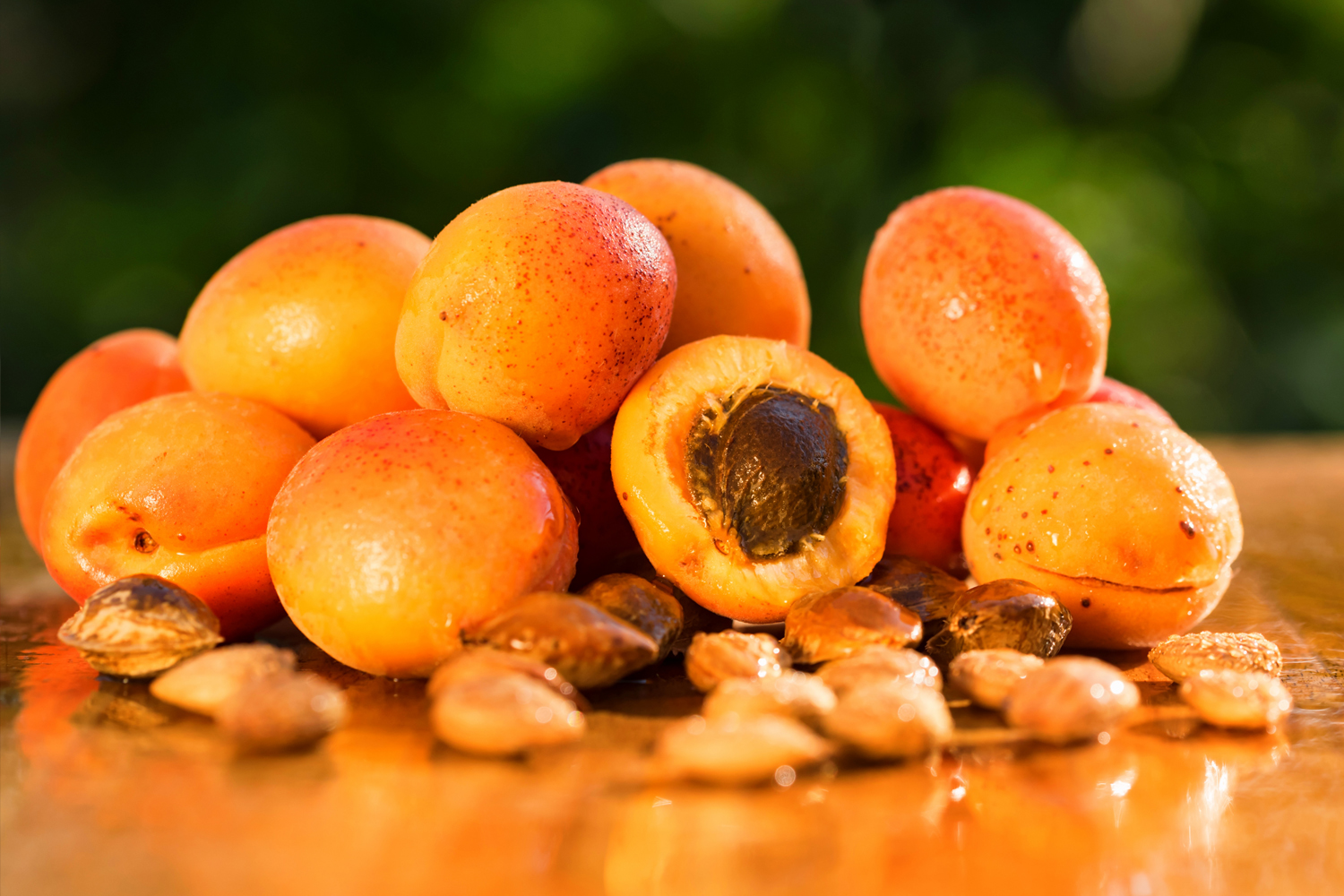
Apricot
Apricot (Prunus armeniaca) is a thornless, smooth-barked tree that grows 2–10 meters tall. Its leaves are elongated and lance-shaped, with serrated edges and tips that may be pointed or blunt. The white or pink flowers appear before the leaves, and the fruits are fuzzy, yellowish-orange drupes. Turkey is the world leader in apricot production, with an annual output of about 500,000 tons, accounting for 20% of global production. It is followed by Iran, Italy, Pakistan, and Spain. In fresh apricot exports, France, Spain, Italy, Greece, and the United States hold the leading positions. Turkey, however, dominates the dried apricot market, producing around 70% of the world’s supply. To increase fresh apricot exports, it is essential to grow table varieties that meet international quality standards. Taking advantage of Turkey’s favorable climate, expanding the cultivation of early-season apricots along the Mediterranean and Aegean coastal regions could boost export potential.
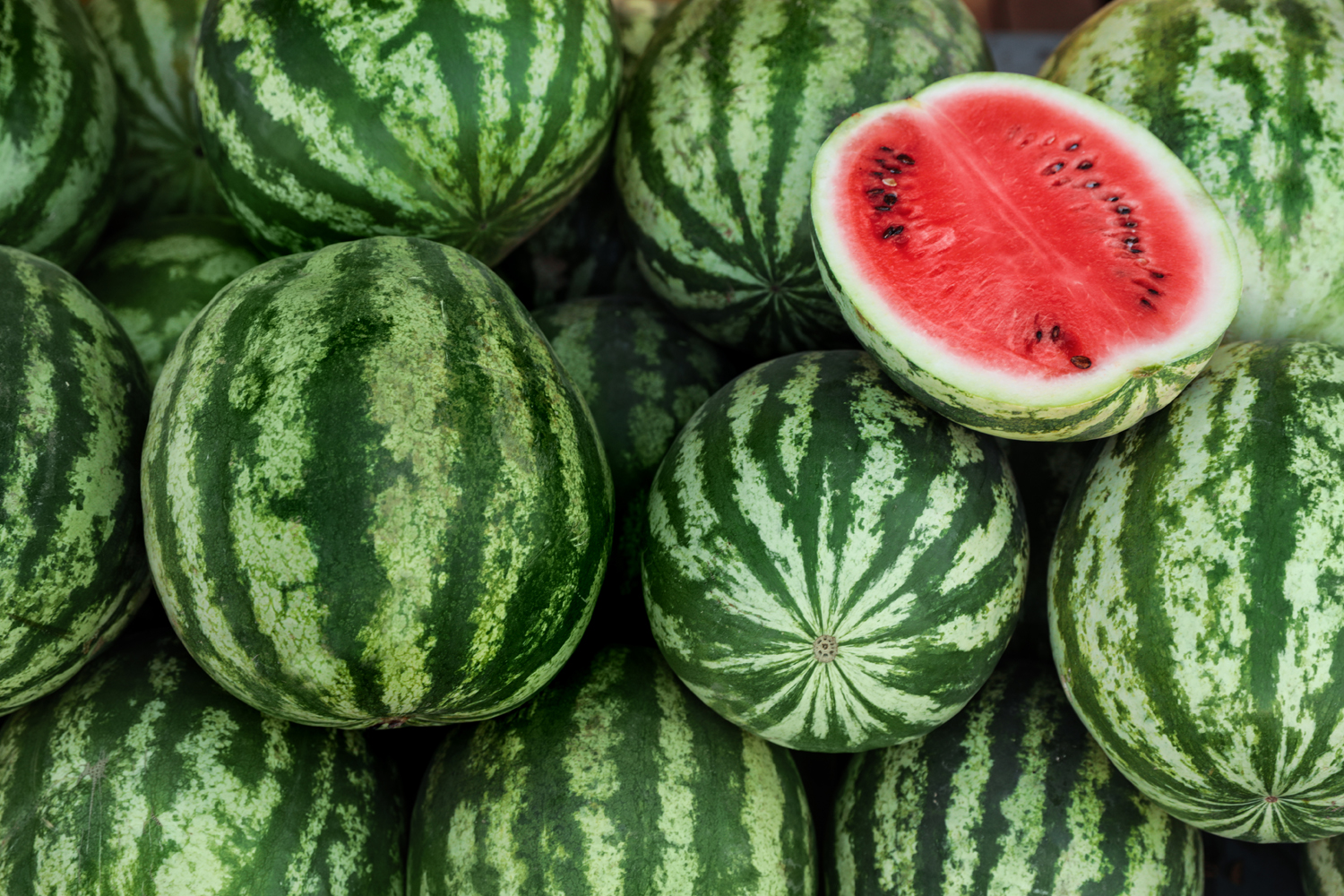
Watermelon
Watermelon is a crop of great economic importance in Turkish agriculture. Of the 39.7 million tons of watermelon produced worldwide, about 10% (3.9 million tons) is grown in Turkey, making it the second-largest producer after China. The province of Adana alone accounts for 20% of Turkey’s total watermelon production. In our region, early-season cultivation is the common practice. Watermelons typically have a sugar content ranging between 8% and 14%.
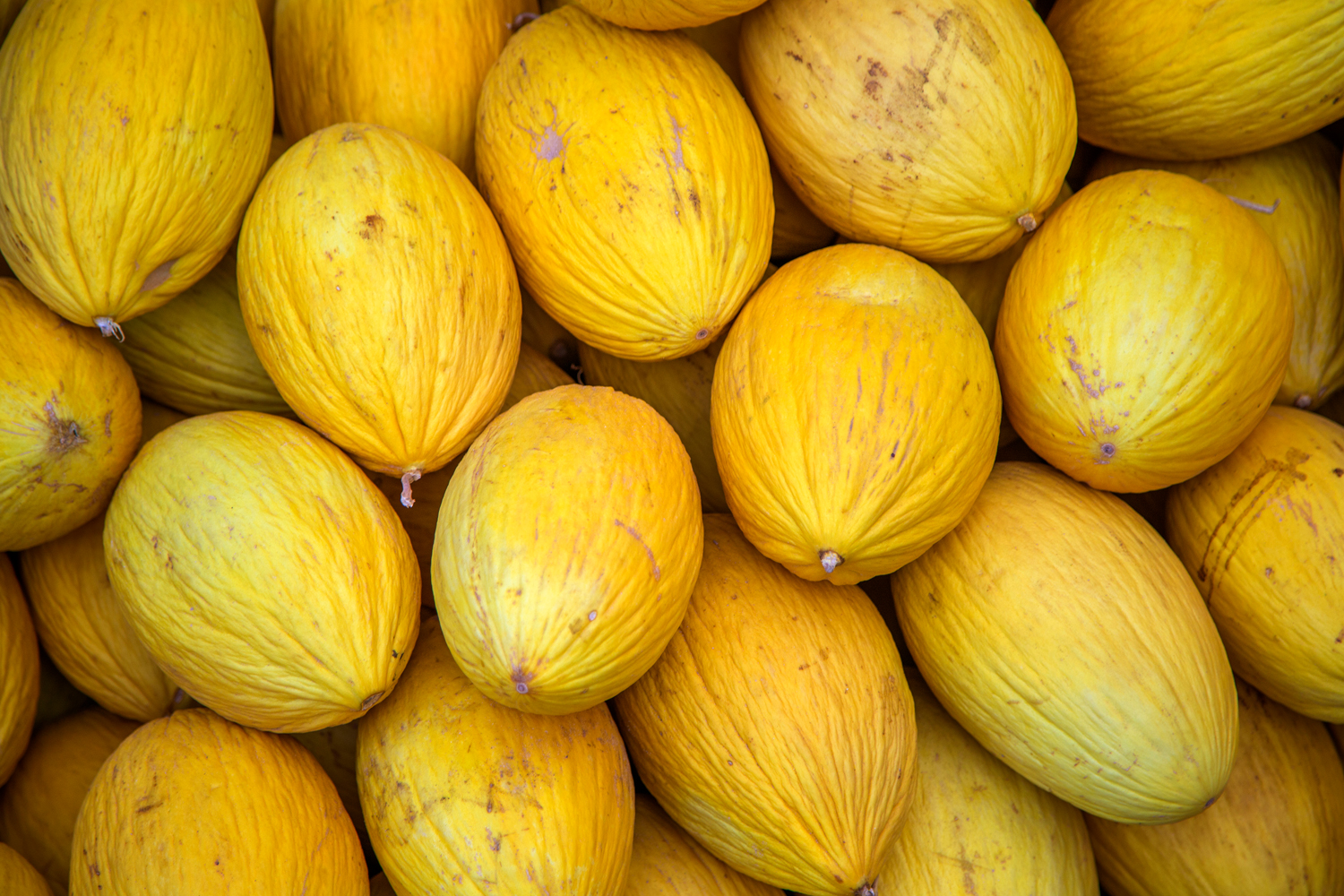
Melon
In Turkey, annual melon production reaches about 1.8 million tons, with a per capita consumption of approximately 22 kilograms. Similar to watermelon, Adana is the leading province in melon production; in 2018, about 12% of Turkey’s total melon output came from this region. Other important melon-producing provinces include Konya, Denizli, Antalya, Ankara, and Manisa.
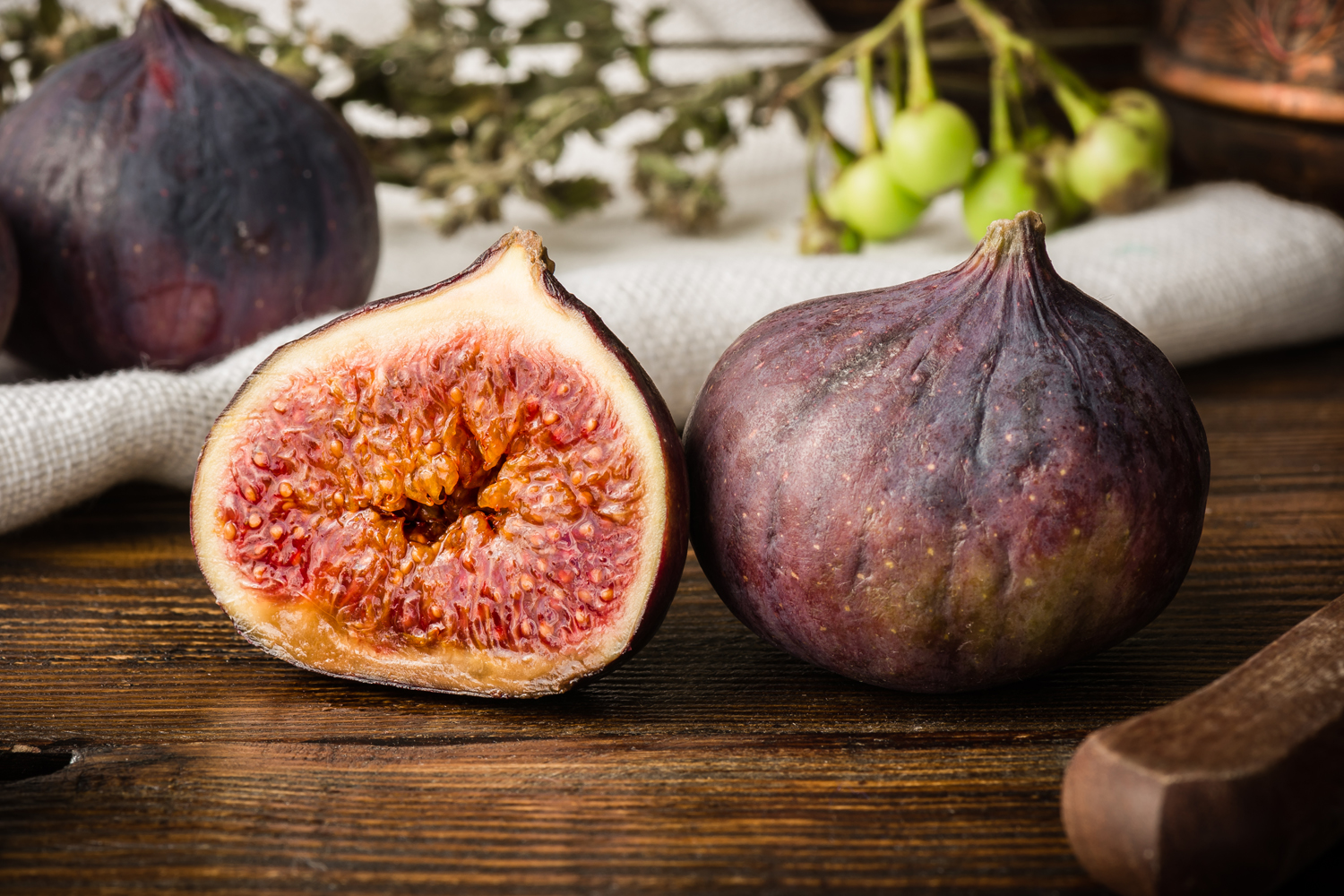
Fig
Fig (Ficus carica) is an ancient cultivated plant that thrives especially in the Mediterranean climate and is consumed both fresh and dried. Rich in fiber, natural sugars, potassium, calcium, and magnesium, figs aid digestion, support the immune system, and contribute to heart and vascular health. Turkey is one of the leading producers of figs in the world. The Aegean and Mediterranean regions are the main production areas, especially the provinces of Aydın, İzmir, Bursa, Mersin, and Hatay. The ‘Sarı Lop’ variety grown in Aydın holds a major share in dried fig exports, while ‘Bursa Siyahı’ stands out in fresh consumption and export. Figs hold not only nutritional value but also cultural and historical significance. In Anatolia, they have long been considered a symbol of abundance, and they are also mentioned in holy scriptures, making them a fruit of deep tradition and meaning.
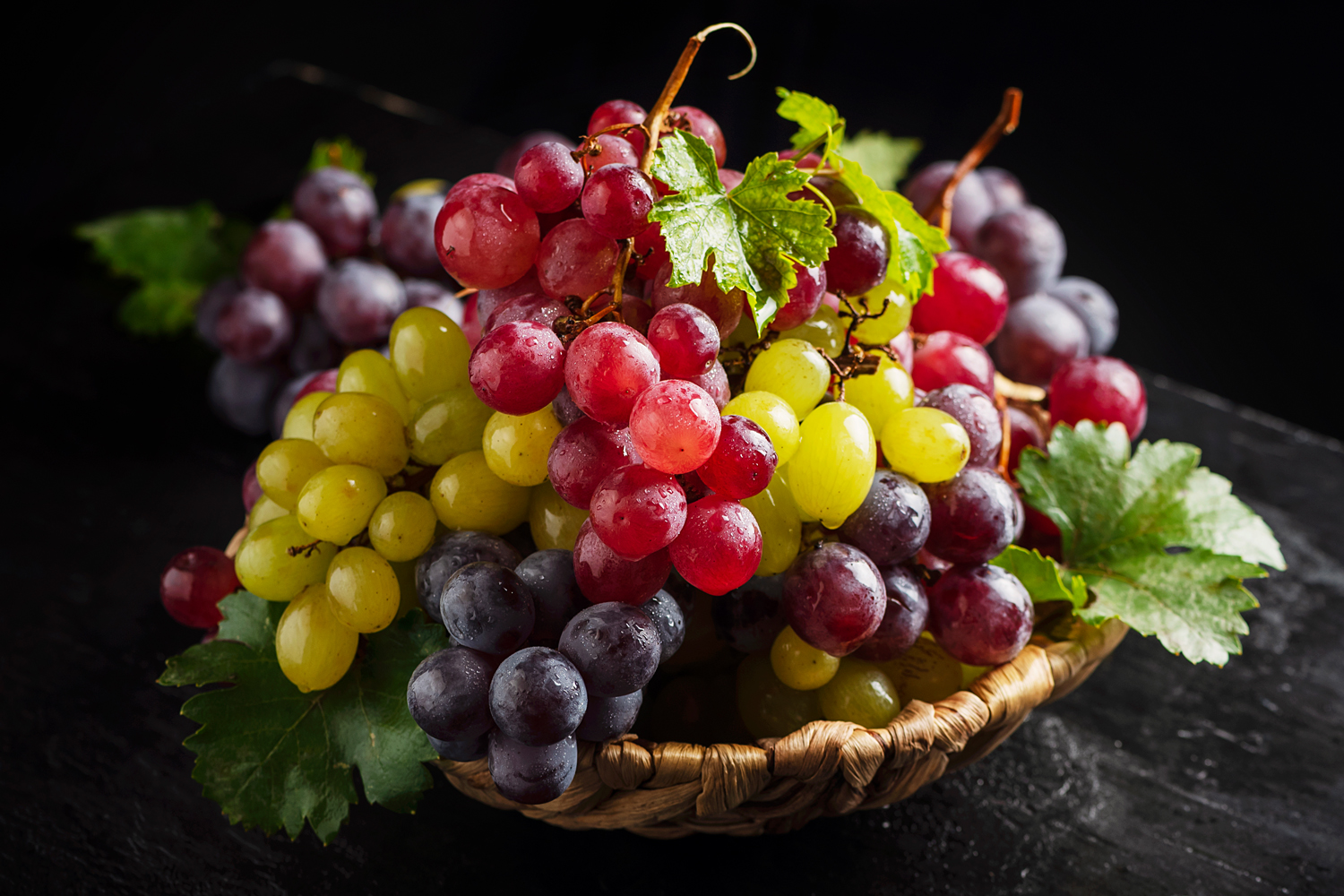
Grape
Grape (Vitis vinifera) is one of the oldest cultivated crops in the world, widely consumed both as fresh fruit and in various processed products. Grapes are rich in natural sugars, fiber, vitamins C and K, as well as minerals such as potassium, iron, and manganese. Thanks to this composition, they are highly energizing, support digestion, and are an excellent source of antioxidants. The polyphenols found in grape seeds are known to help protect heart and vascular health. Turkey is among the leading grape-producing countries in the world. With a wide range of varieties adapted to different climates, grapes can be cultivated in almost every region of the country. The Aegean Region, especially the provinces of Manisa, Denizli, and İzmir, stands out in the production of both table grapes and dried grapes. The Sultaniye variety grown in Manisa is Turkey’s most important dried grape export product. In Eastern Anatolia, Erzincan’s Cimin grape is famous as a table variety, while in Southeastern Anatolia, the grapes of Gaziantep and Diyarbakır are also well-known for fresh consumption. Grapes are a key raw material for wine, molasses, fruit leather (pestil), and vinegar, among many other products. In Anatolian culture, viticulture and grapes have long been symbols of abundance and livelihood, holding a significant place throughout history.
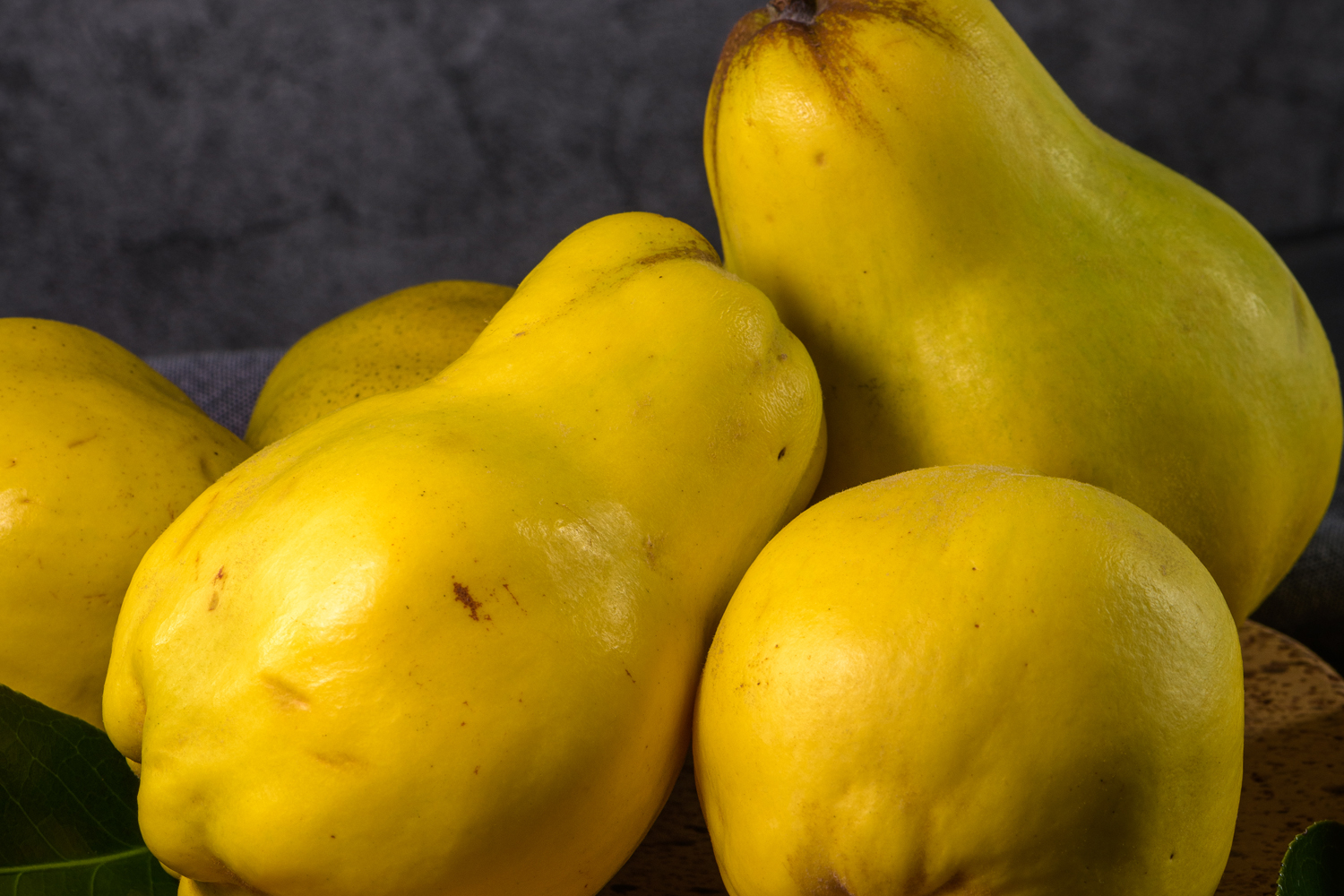
Quince
In Turkey, three main varieties of quince are widely cultivated: Eşme, Limon, and Ekmek quince. Eşme quince is a variety native to the Marmara Region. It is juicy and slightly tart, making it one of the most common quince types grown in the country. Ekmek quince is another widely cultivated variety, sharing many characteristics with other quince types and known for its balanced flavor. Limon quince, which has gained popularity in recent years, is also widely produced. It is named for its slightly tart taste, similar to a lemon. Among these, the Eşme variety is the most in demand for export and has the longest shelf life, making it highly preferred in international markets.
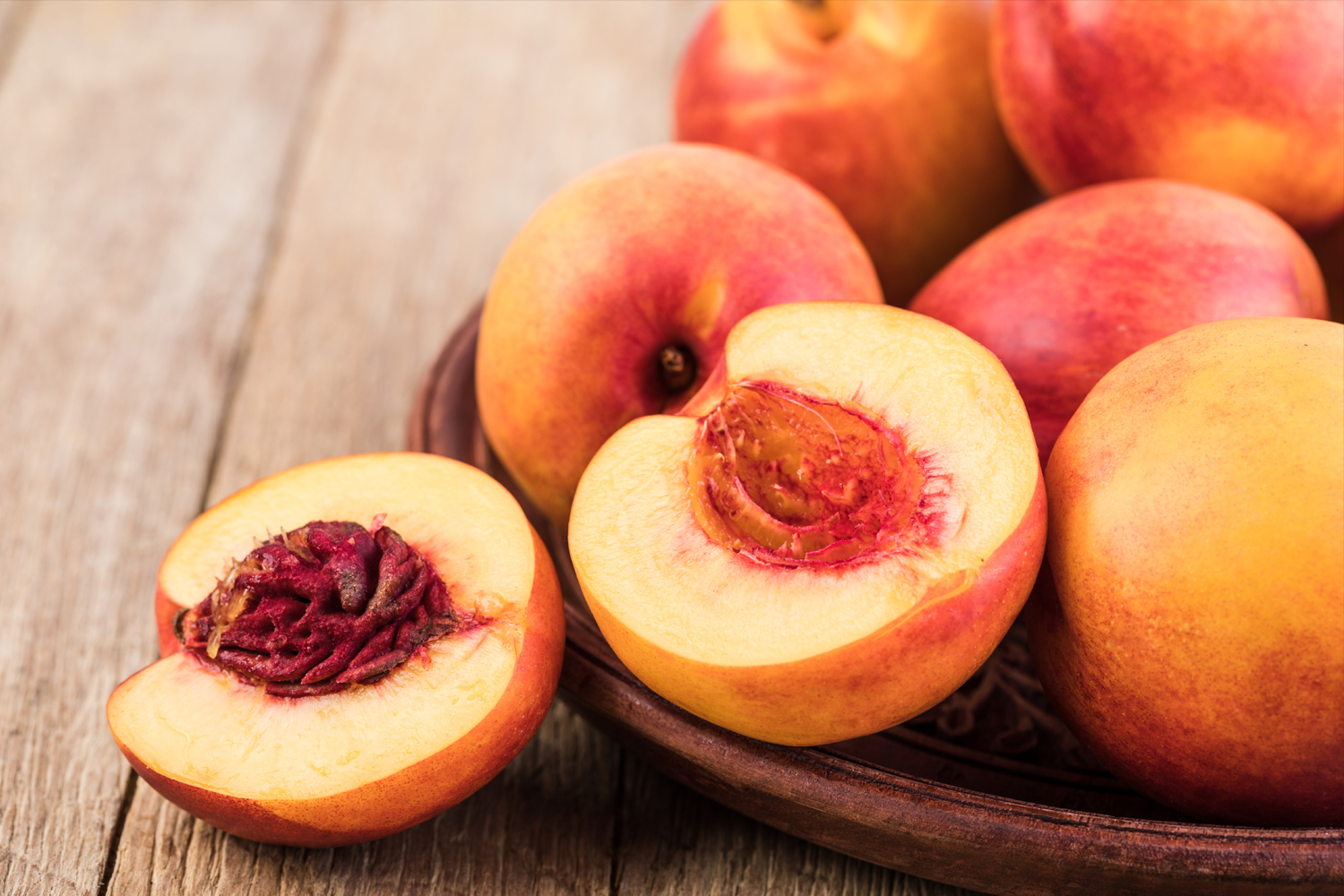
Peach
Peach (Prunus persica), originally native to China, is one of the most beloved summer fruits and is now widely cultivated in many countries, including Turkey. Known for its juicy and aromatic flesh, it is enjoyed fresh and also used in making jam, marmalade, juice, and canned products. Rich in vitamin C, vitamin A, potassium, and dietary fiber, peaches help strengthen the immune system, support skin health, and aid digestion. Turkey holds an important place in global peach production, with major growing regions including Bursa, İzmir, Çanakkale, Mersin, Adana, and Malatya. The Bursa peach is especially renowned for its flavor and aroma and stands out as one of Turkey’s key export varieties. In Anatolian cuisine, the peach is seen as a symbol of summer, and with its diverse varieties, it continues to bring color and flavor to tables across the country.
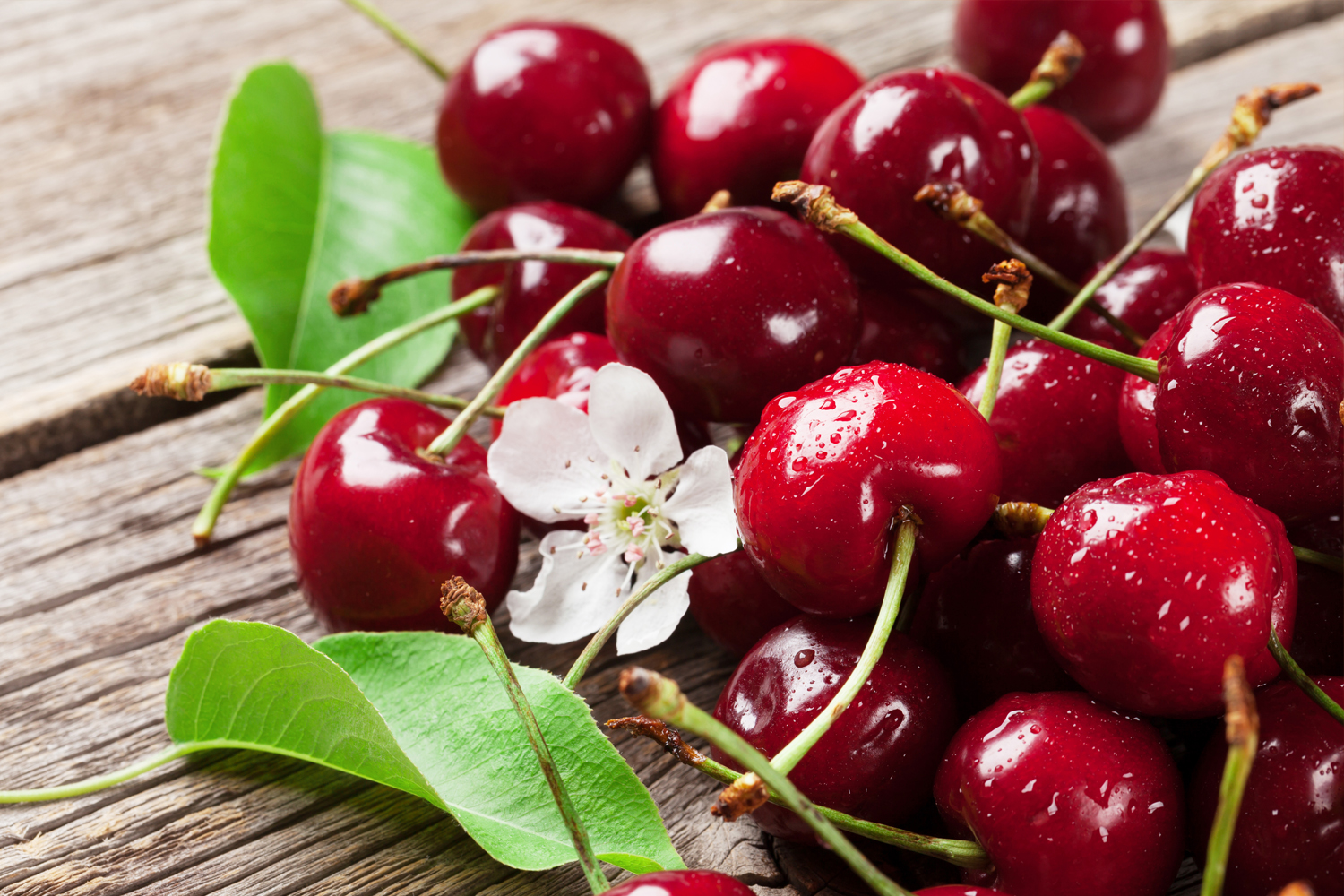
Cherry
Turkey is the largest cherry producer in the world, accounting for 25.9% of global cultivation areas. In terms of exports, Turkey ranks 4th, following Chile, Hong Kong, and the United States. The most famous Turkish cherry variety is the 0900 Ziraat. The Brix level (sugar content) of early-season Turkish cherries starts at around 12 and can reach 20 at full ripeness. Cherries are cultivated in many regions of Turkey, from early to late-season varieties. The provinces of İzmir, Konya, Manisa, and Isparta are among the most prominent producers. Looking at the regional distribution of cherry orchards, the Aegean Region ranks first, followed by Central Anatolia and the Marmara Region. Cherries reach harvest maturity when they develop the color, taste, aroma, and size specific to their variety. Harvesting at full maturity can increase yield by 35–40% compared to early harvesting. In Turkey, cherries ripen between May, June, and July, depending on the variety and the altitude of the orchards. In some regions, the season can even extend into August, giving Turkey an export advantage with an earlier and longer harvest season compared to many European countries.
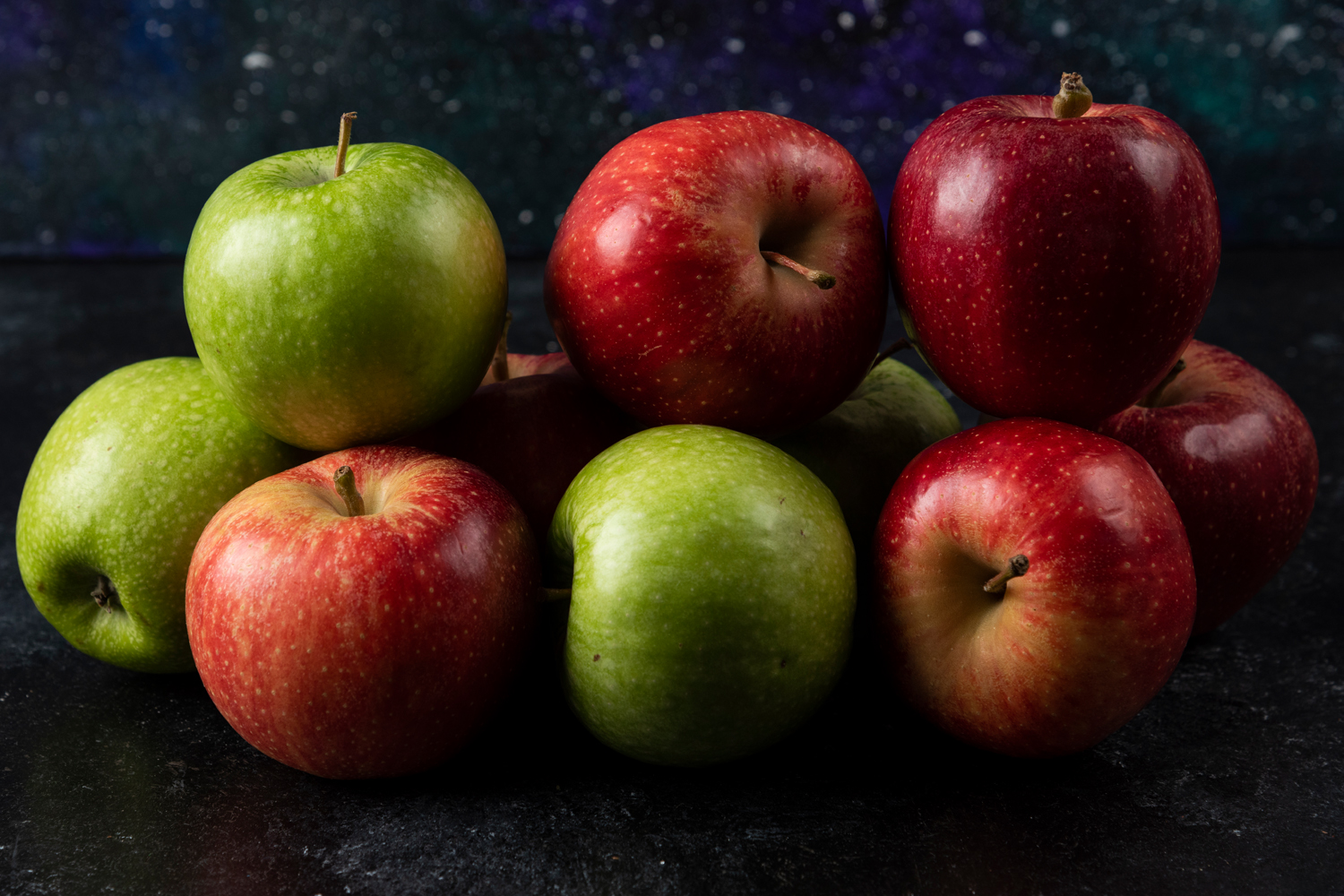
Apple
Apple (Malus domestica) is one of the most widely grown and consumed fruits in the world. Preferring cool climates, apples are rich in vitamin C, potassium, fiber, and antioxidants, offering numerous health benefits. Regular consumption supports digestion, strengthens the immune system, and has positive effects on heart and vascular health. Turkey ranks among the top apple producers worldwide, with major growing regions including Isparta, Karaman, Niğde, Kayseri, and Amasya. The Amasya apple is especially famous for its distinct aroma, thin skin, and unique fragrance. In addition, popular varieties such as Starking, Golden Delicious, and Granny Smith are cultivated in many parts of Turkey. Apples are consumed fresh and widely used to make vinegar, juice, marmalade, dried products, and desserts. Culturally, the apple has long been seen as a symbol of abundance and health in Anatolia, inspiring proverbs, folk tales, and traditions.
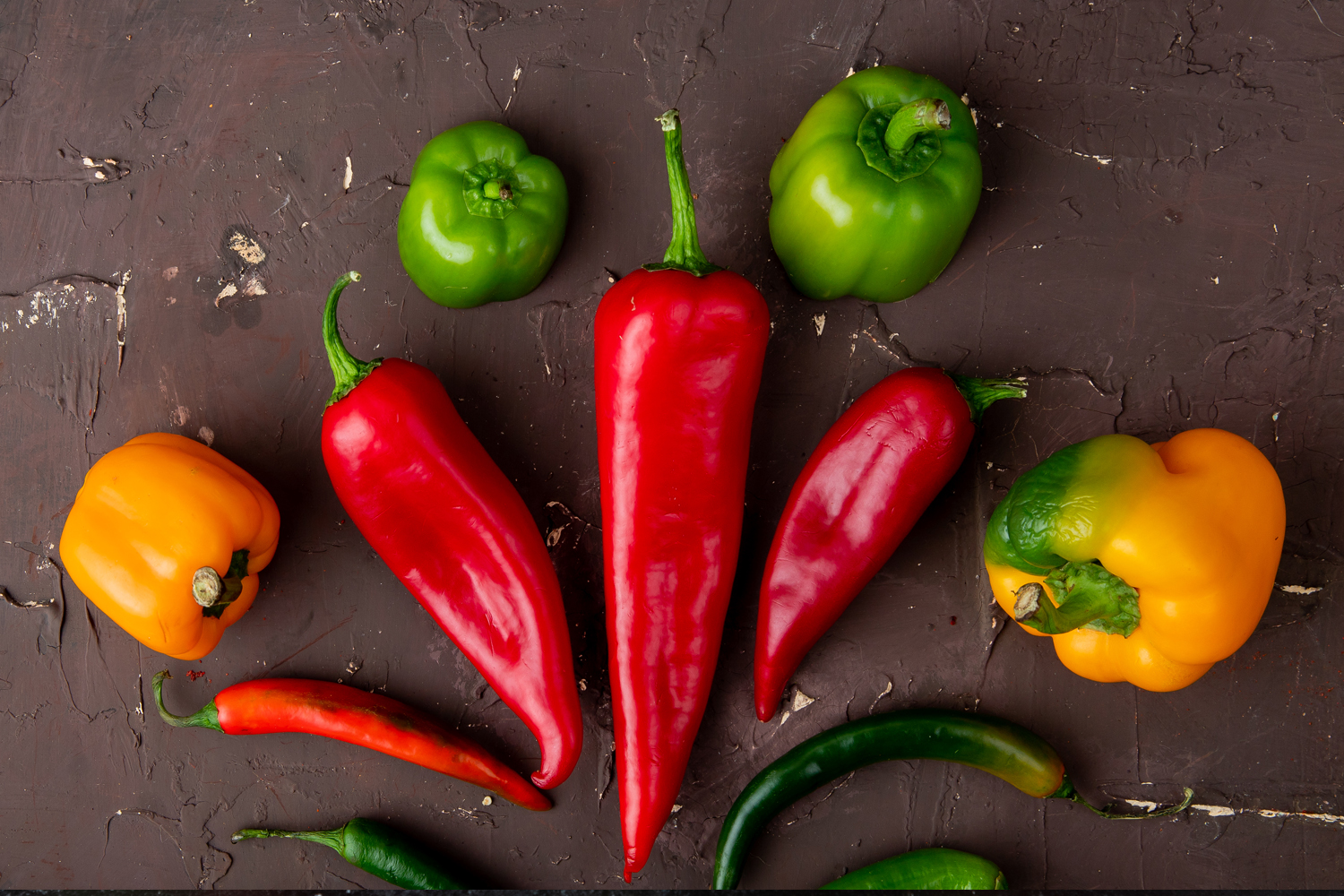
Pepper
Of the 24 million tons of peppers produced worldwide, about 25% come from China, 12% from Turkey, and 9% from Nigeria. In Turkey, annual pepper production reaches around 2.7 million tons, of which 60% are long green peppers (Sivri biber), 28% are bell peppers (Dolmalık biber), 4% are Charleston peppers, and 8% are Kaypa and other varieties. The largest share of Turkey’s 2.7 million tons of pepper production comes from the Demre region, followed by Mavi Kent and the Tarsus–Mersin region.
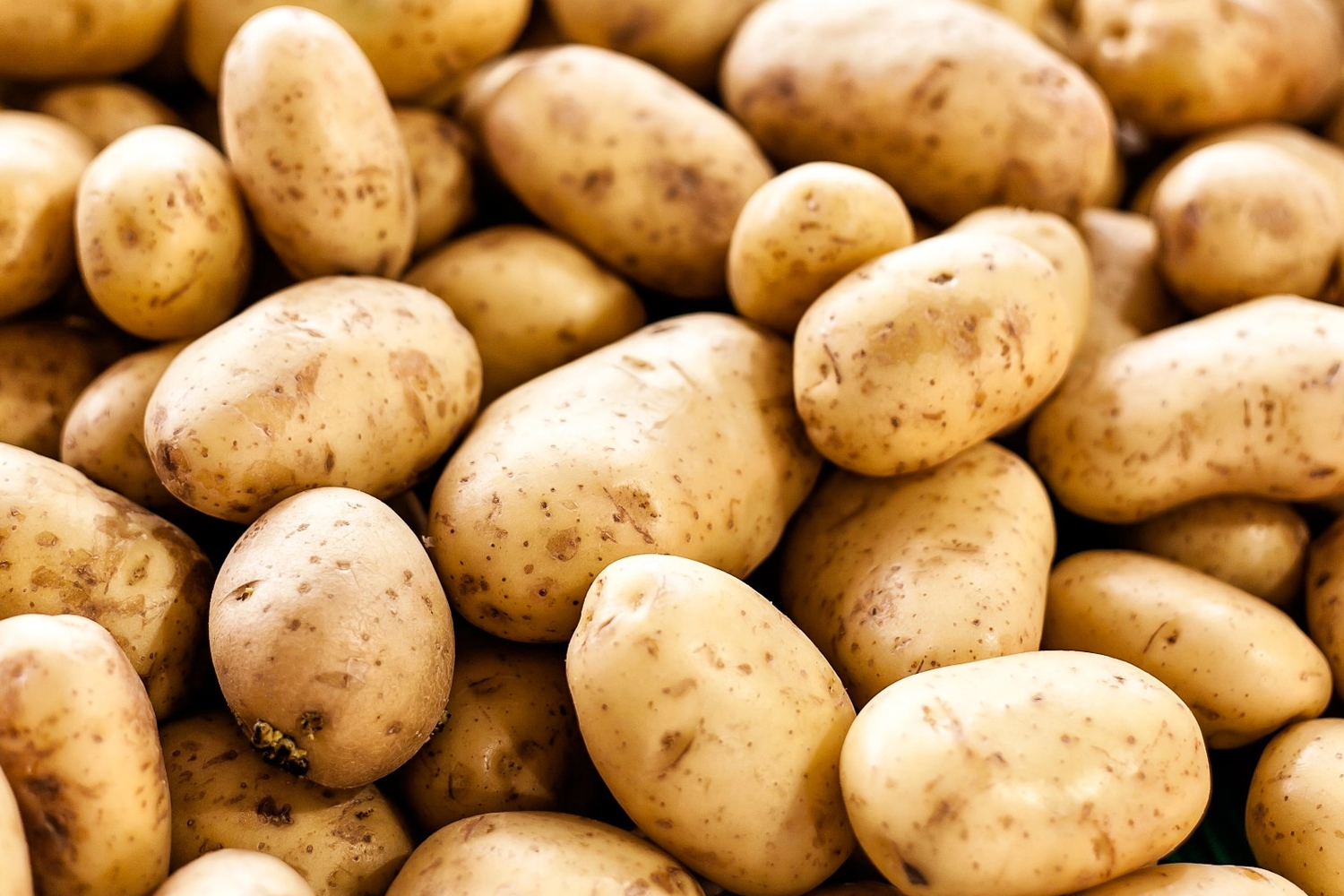
Potato
Potato (Solanum tuberosum), originally from South America, is now one of the most widely cultivated crops in the world. It is a starchy tuber and an important source of energy, rich in vitamin C, potassium, vitamin B6, and dietary fiber. Potatoes can be consumed in many ways, including frying, boiling, baking, and mashing. Potato production is widespread in Turkey, with major growing regions including Niğde, Nevşehir, Afyonkarahisar, Konya, and Sivas. The Cappadocia region is especially significant due to its high production volume and advanced storage facilities, making it one of the country’s most important potato hubs. Beyond being a staple food in kitchens, potatoes are also used in the starch and alcohol industries. Thanks to their long shelf life and high satiety value, potatoes have historically been one of humanity’s most important lifesaving foods during times of scarcity.
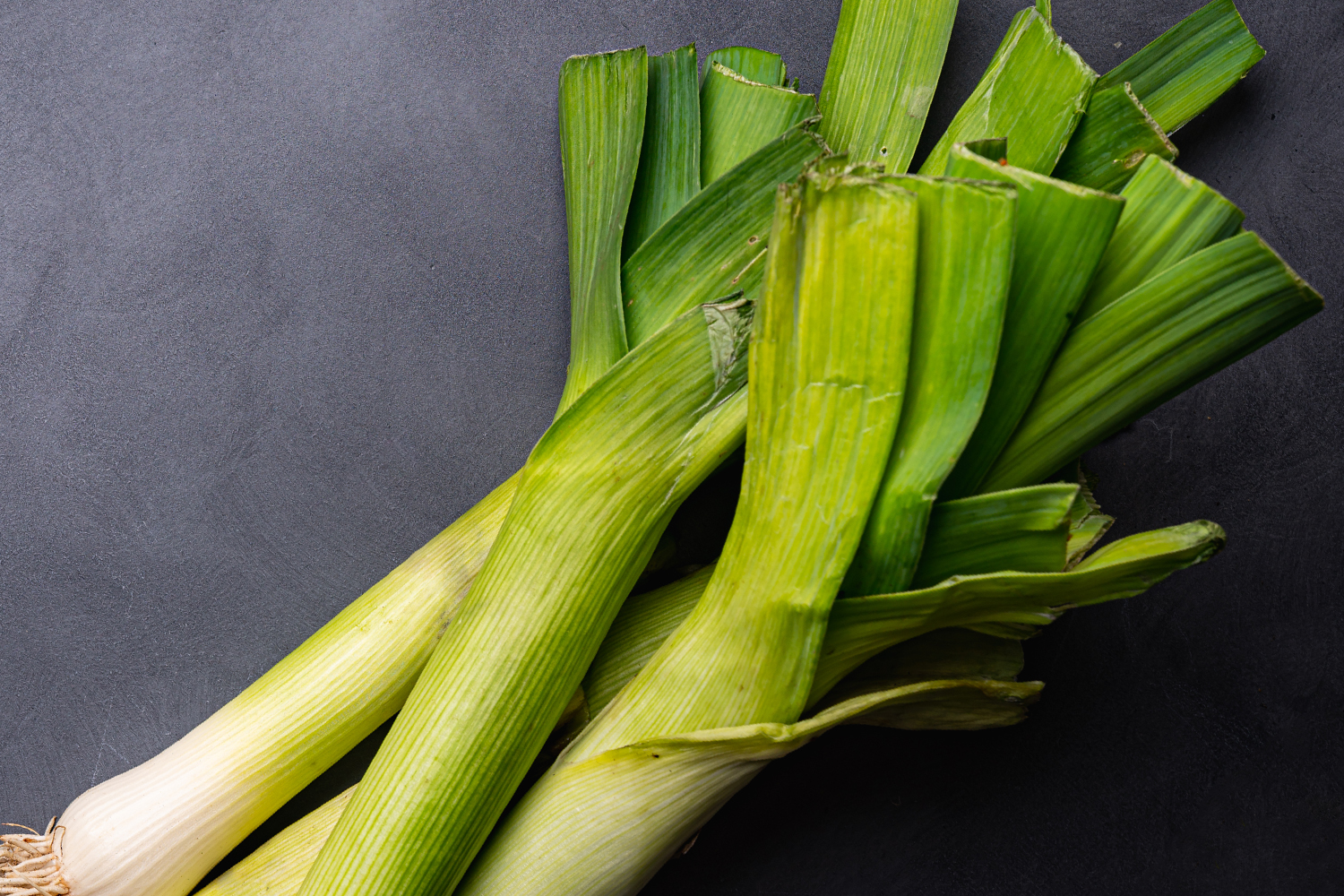
Leek
Leek is a winter vegetable widely cultivated and consumed across all regions of Turkey. It plays a significant role in the diet, especially in areas with a continental climate, where winter vegetables are an important part of nutrition. Leeks are generally classified into two main types: summer leeks and winter leeks. Summer leeks have a light green color, a softer texture, a shorter shelf life, and are sensitive to cold. Their leaves are shorter with a more upright stance, and the stem (shaft) is 2–3 times longer than in winter varieties. Winter leeks, on the other hand, are hardier and suitable for export. In Turkey, winter leek varieties are the most commonly exported, with production concentrated particularly in Tarsus (Mersin) and Torba (İzmir).
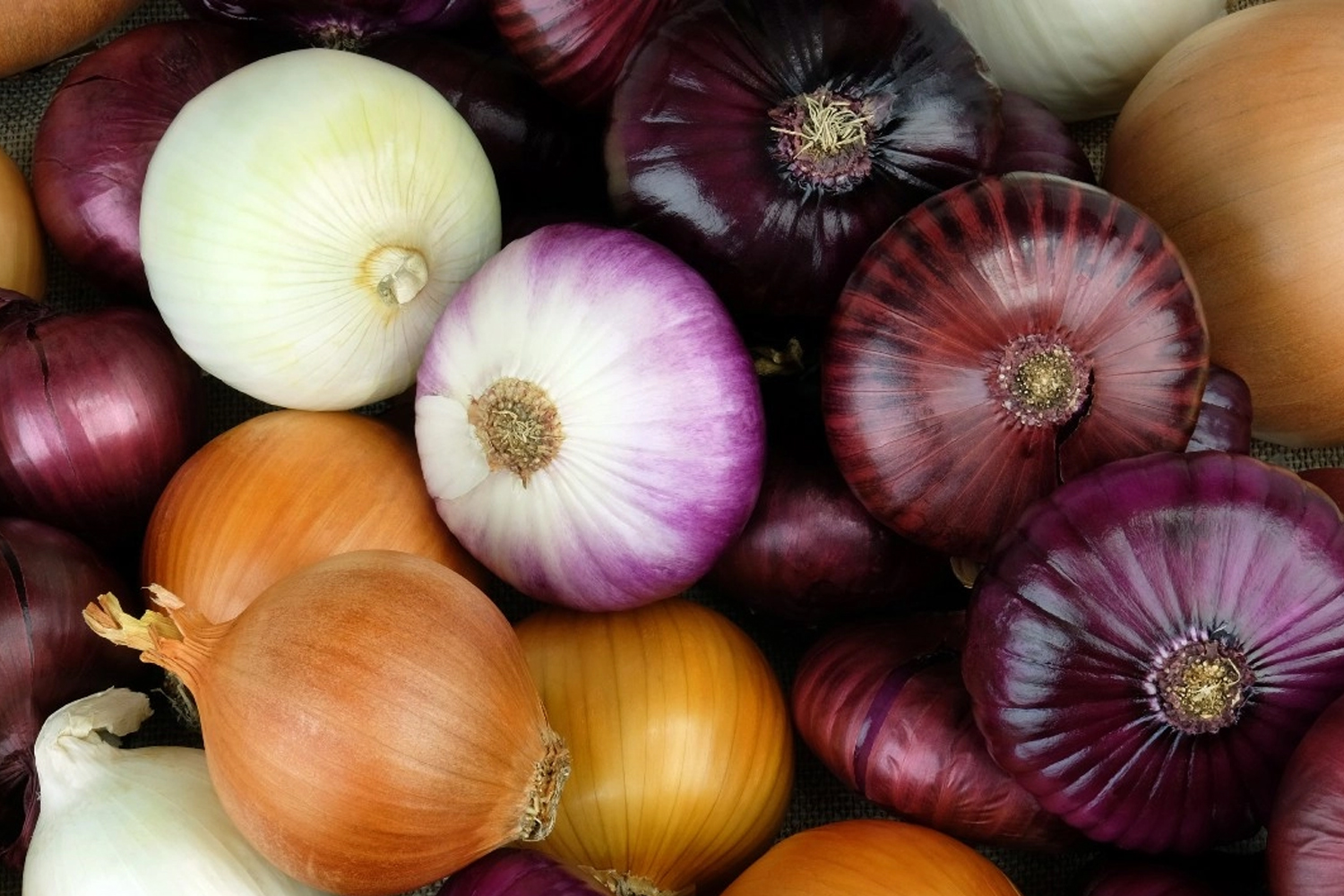
Onion
According to FAO data from 2017, Turkey ranks 7th in the world in onion production and 12th in cultivated area. Based on FAO 2016 figures, the global average yield of dry onions is 18.81 tons per hectare, while according to TÜİK (Turkish Statistical Institute) 2017 data, Turkey’s yield is 36.9 tons per hectare, well above the world average. With 523,000 tons of dry onion production, Ankara ranks first in Turkey, both in cultivated area and total production. Ankara is followed by Amasya (272,000 tons), Hatay (198,000 tons), and then Eskişehir and Adana. These leading provinces together account for 68.6% of Turkey’s total dry onion production.
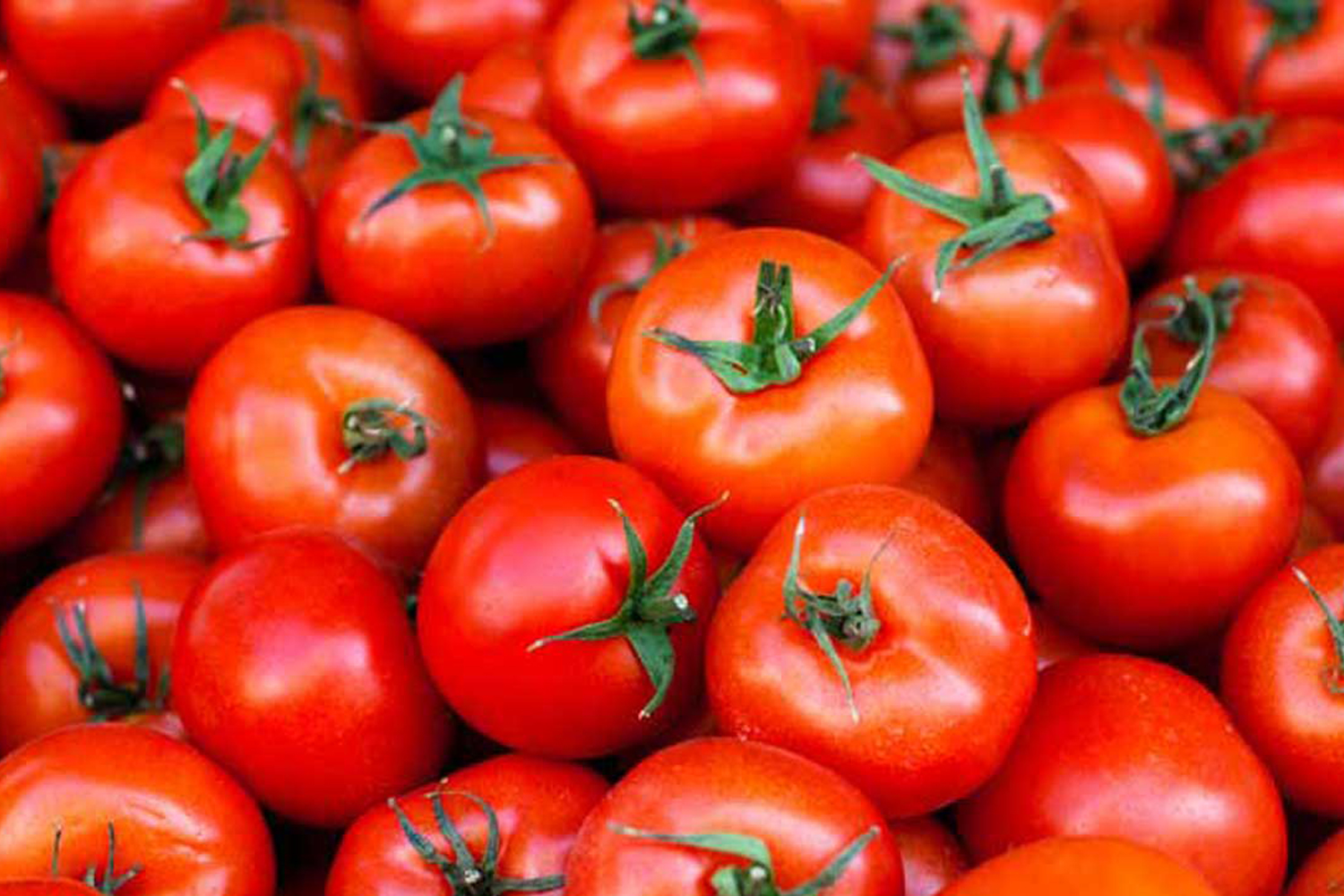
Tomato
Tomato (Solanum lycopersicum), originally native to South America, is now one of the most essential fruits-vegetables in global cuisines. Although botanically a fruit, it is commonly used as a vegetable in cooking. Tomatoes are rich in vitamin C, potassium, folic acid, and especially lycopene, a powerful antioxidant. Thanks to these nutrients, tomatoes support the immune system, contribute to heart and vascular health, and may help protect against certain types of cancer. Turkey is among the leading tomato producers in the world, with major growing regions including Antalya, İzmir, Bursa, Manisa, Mersin, and Adana. The Mediterranean coastal areas, where greenhouse cultivation is highly developed, stand out for their ability to produce tomatoes year-round.
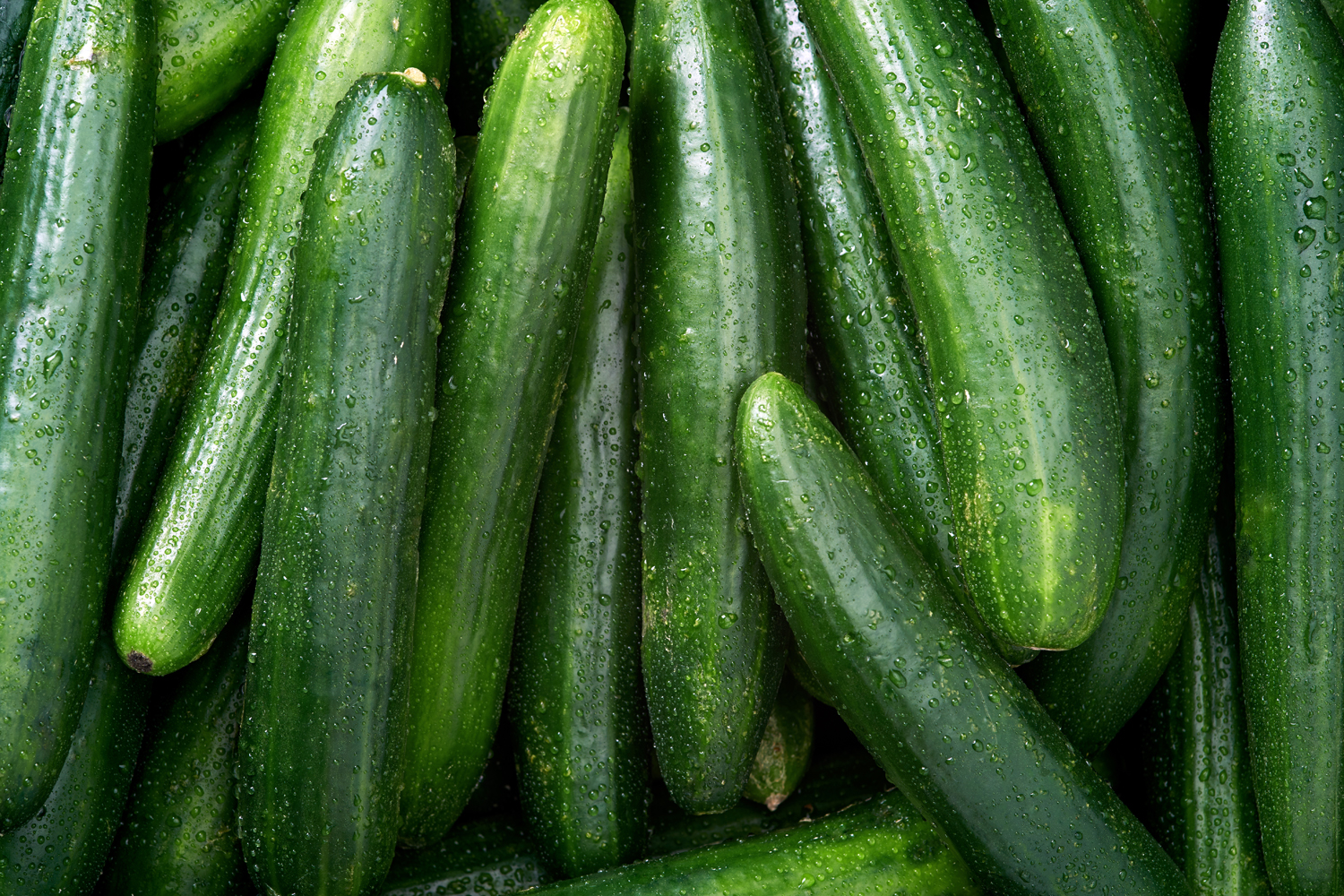
Cucumber
Cucumber, a member of the gourd family (Cucurbitaceae), is an annual climbing vegetable crop. Since it thrives in moist soil, its roots are relatively shallow, mostly developing within the top 20–25 cm of soil. In greenhouses, cucumbers are grown on trellises, and pruning is done to improve light exposure. Because of this growing method, trellised cucumber plants can reach up to 2 meters in height. Cucumbers grown early in the season (off-season/forçage) in greenhouses are sold at high prices in the domestic market. For export, the most preferred types are spined (thorny) cucumbers and the Langa variety. In Turkey, the province of Antalya is the leading region for greenhouse cucumber cultivation, with the districts of Gazipaşa and Kumluca alone accounting for 95% of total production.
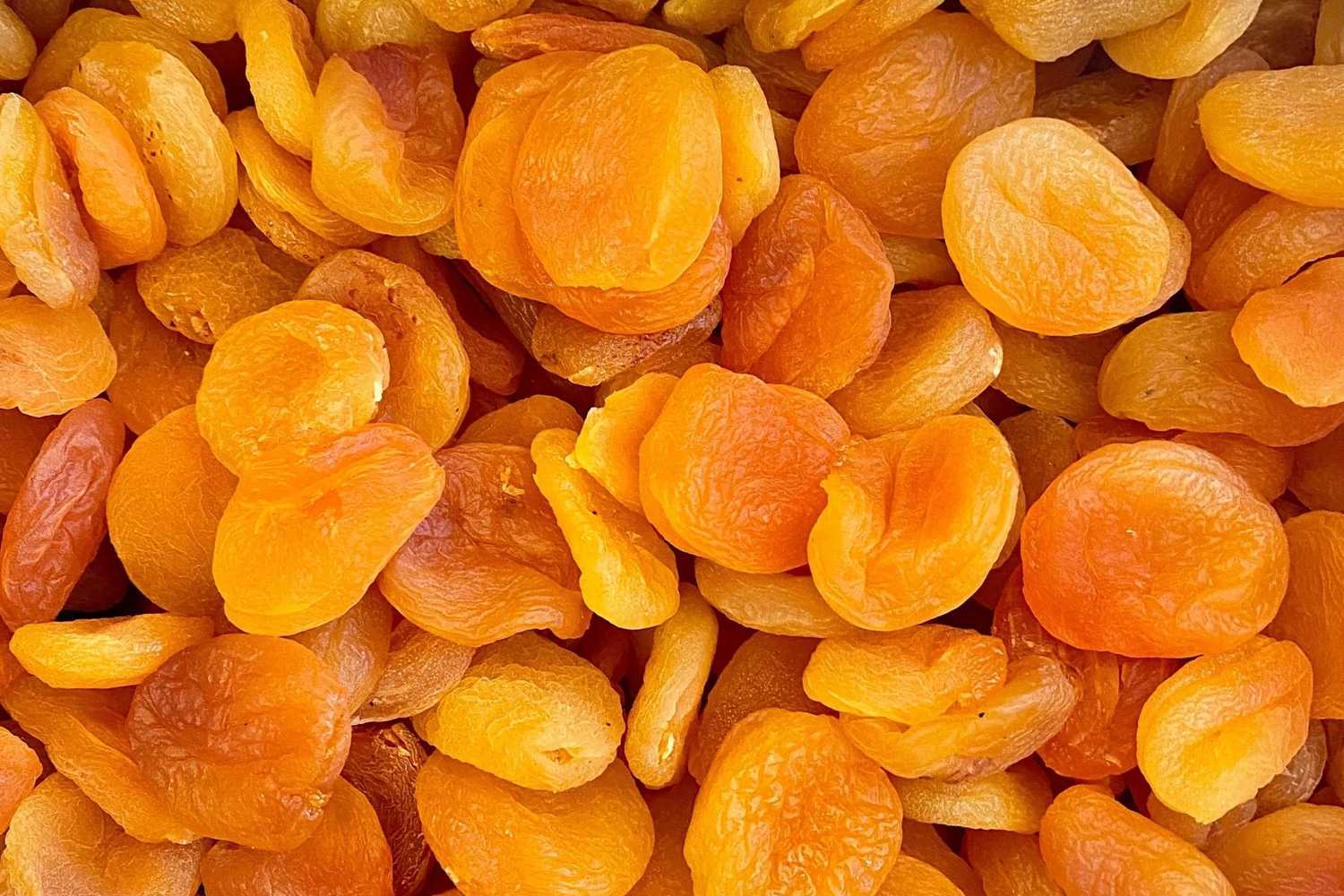
Dried Apricot
Turkey ranks first in the world in both fresh and dried apricot production. In particular, it alone accounts for about 68% of the world’s total dried apricot production. In Turkey, apricots are primarily grown in Malatya, but also in regions such as Elazığ, Erzincan, and Iğdır. A significant portion of the harvested apricots is dried and exported, while the rest is mostly consumed as fresh fruit, with some also used in industrial food production. Malatya, Turkey’s most important apricot-producing region, is also the global leader in dried apricot exports. With a 74% share, Turkey holds the number one position worldwide in dried apricot exports.
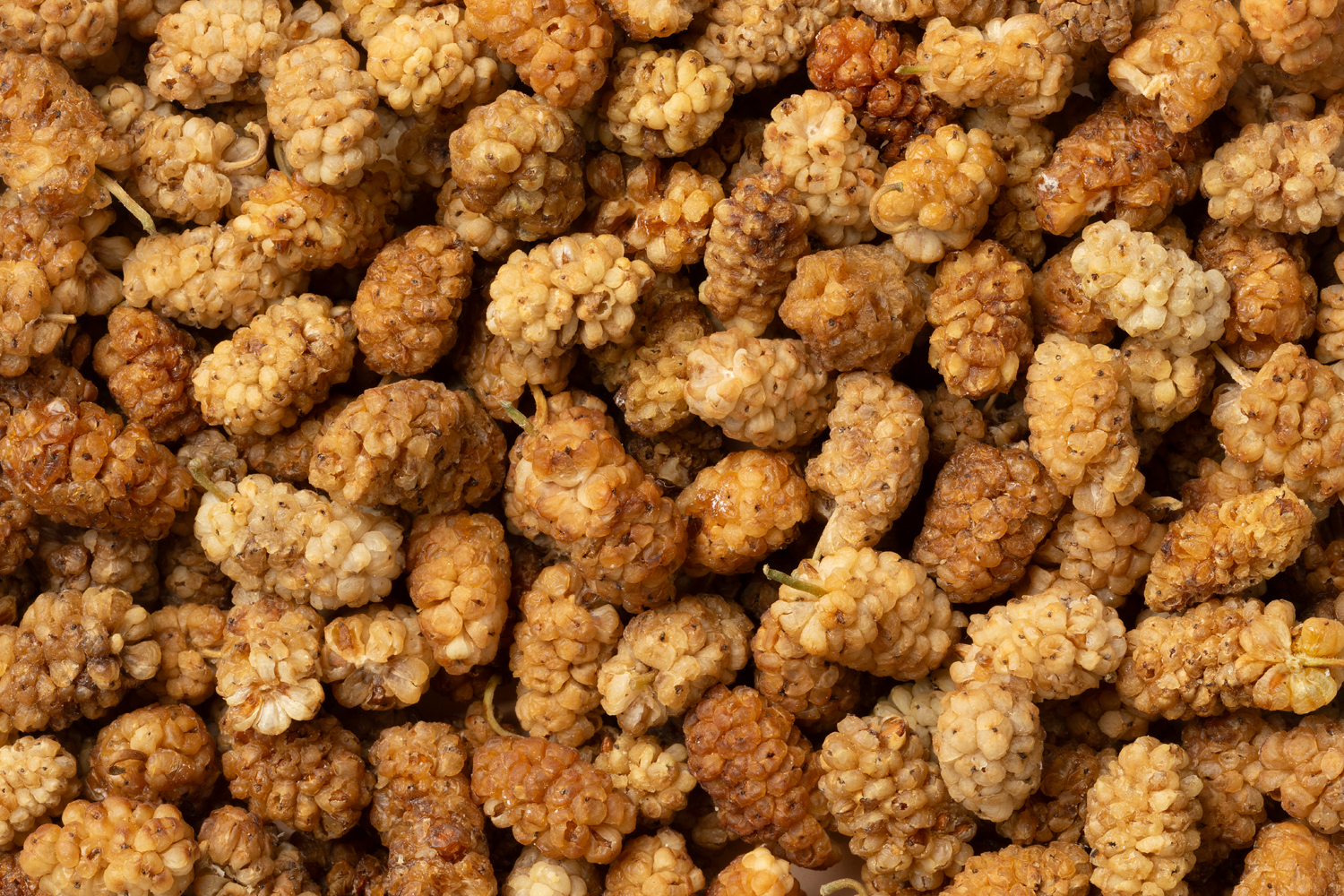
Dried Mulberry
In Turkey, there are about 2,130,000 fruit-bearing mulberry trees, producing approximately 50,000 tons of fruit each year. The most commonly cultivated and consumed mulberry species are Morus alba (white mulberry), Morus nigra (black mulberry), and Morus rubra (red or purple mulberry), although there are dozens of other varieties grown across the country.
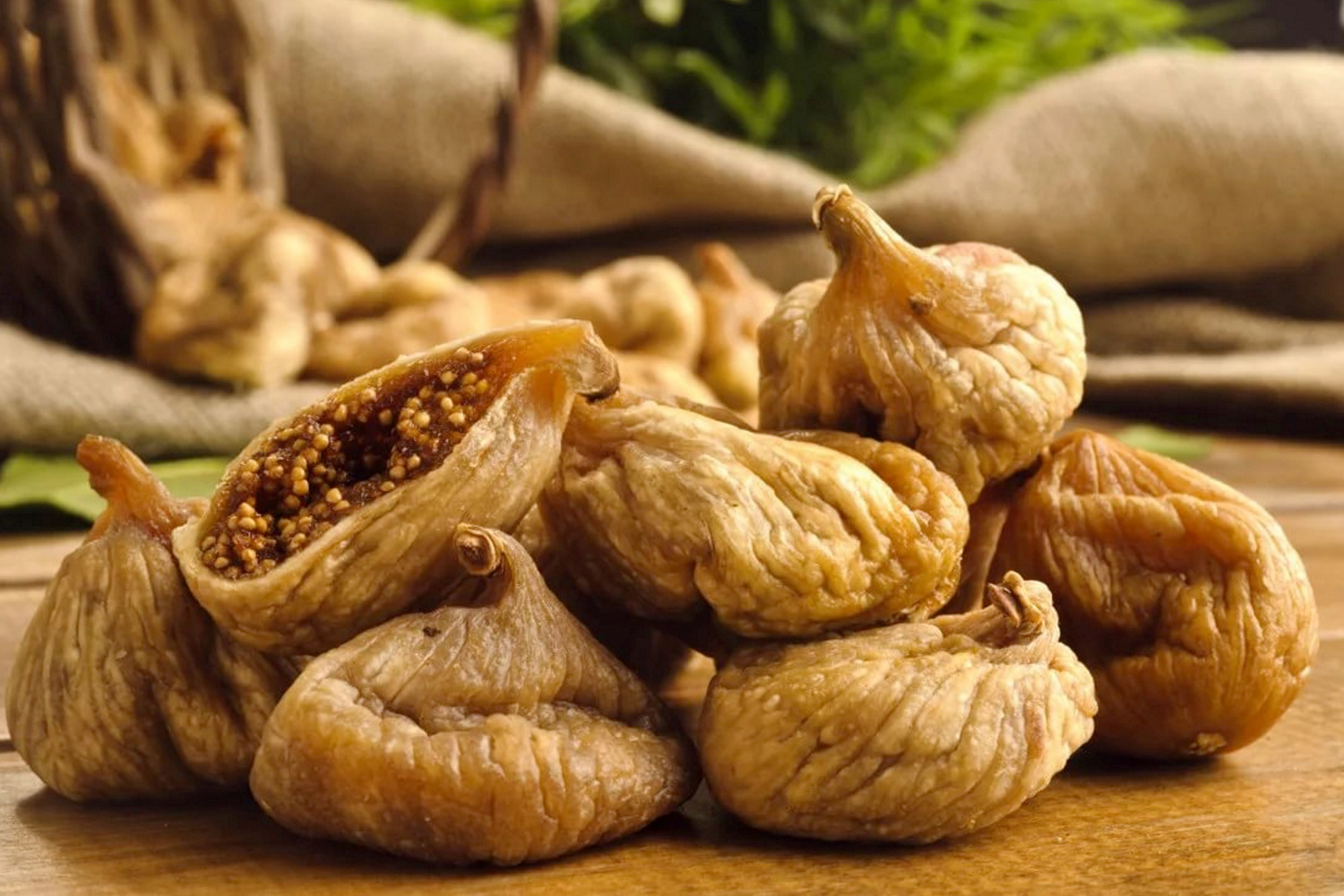
Dried Fig
Global fig production reached 1.15 million tons in 2017, and Turkey ranks first in the world with a 26% share of total production. Figs are cultivated in many parts of the country, especially in the Aegean and Mediterranean regions. Aydın is the most important production area, and a large portion of the figs produced in Turkey are dried. Approximately 60% of national production comes from Aydın, while 15% is supplied by the İzmir region. With the rising global demand for dried figs — a product in which Turkey leads both in production and exports — the number of fruit-bearing fig trees has increased rapidly in recent years, reaching about 7.5 million. In the 2019/2020 season, dried fig production hit a record level of 90,000 tons.
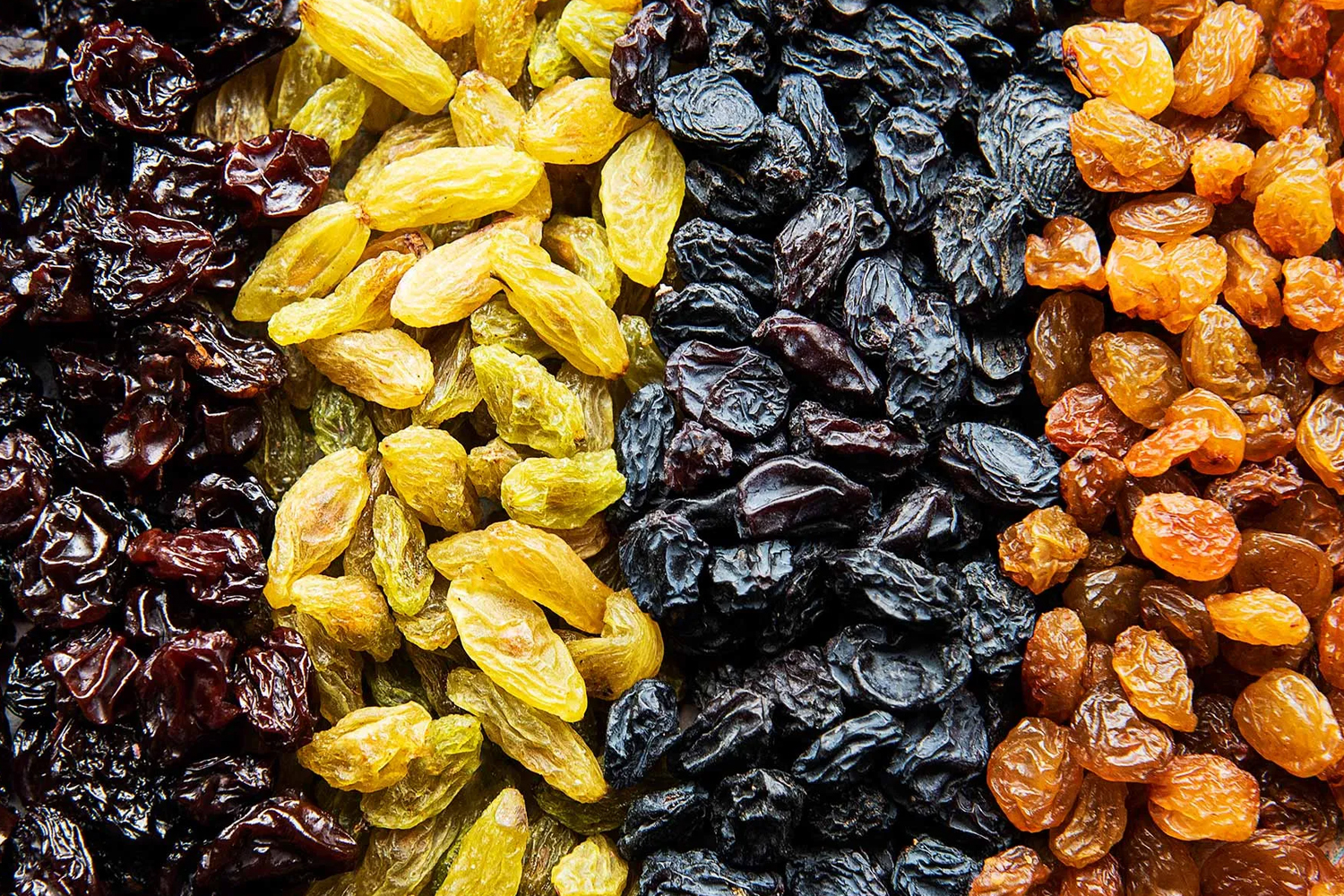
Raisin
Turkey is the world’s largest producer and exporter of seedless dried grapes, accounting for 40–45% of global seedless grape exports. In Turkey, about two-thirds of grape production consists of seeded varieties, while one-third is seedless. Seedless dried grape production in the country is concentrated in the Aegean Region, particularly in Manisa, Turgutlu, Salihli, Kemalpaşa, and Çivril, which serve as the main hubs for this industry.